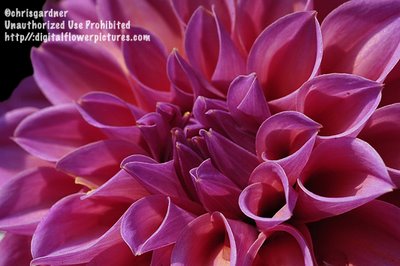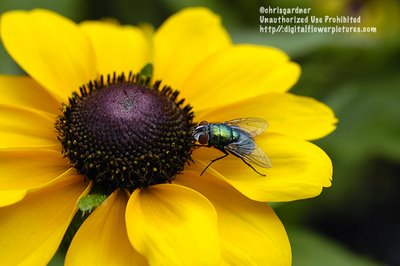
Dahlia 'Shannon Magenta'
I love to photograph Dahlias. They seem to have there own built-in lighting system. This is the first Dahlia bloom I have grown this season. It came in marked as ‘Lilac Time’ and the color is certainly close. The flower is smaller than a dinner plate type. It is actually 'Shannon Magenta'. The other plants I have are just starting to bud. The wait is agonizing, as I bought mixed Dahlias this year and I am interested to see what I actually got.
Dahlias are native to Mexico. The Aztec culture had many uses for the Dahlia. A box of plants was sent to the Netherlands in 1872 and only one plant lived. This would go on to become one of the parents of most all of the modern hybrids. The breeding work that has gone into Dahlias is impressive; there are literally tens of thousands of cultivars. Of the 12 major classifications of Dahlias, my favorites are Cactus and Decorative. There are 14 different color classifications.
Dahlias are high maintenance gardening, though I encourage people to try them. They are one of the most beloved garden flowers.
If anybody is wondering, all these photos are digital. I like Nikon cameras and have a D70s, Coolpix 8400 and 5600. I use a Nikkor-micro 60mm lens on the DSLR.
“The heat was terribly oppressive, and the huge sunlight flamed like a monstrous dahlia with petals of yellow fire.”
The Picture Of Dorian Gray
Oscar Wilde
























